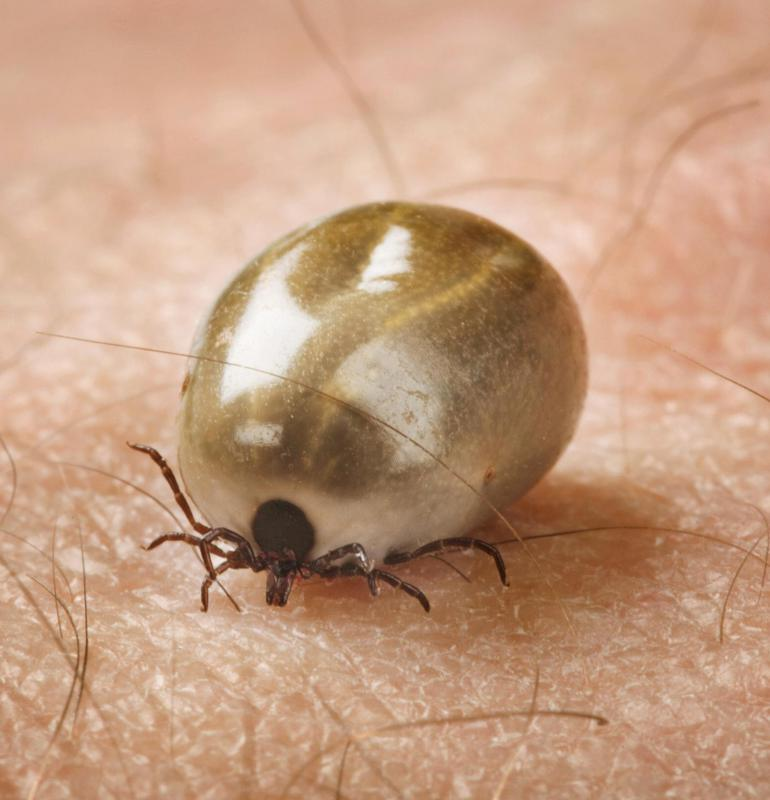In Canada, tick-borne illnesses include Lyme disease, anaplasmosis, babesiosis, and Powassan virus. Lyme disease is the most prevalent, but clinicians must be knowledgeable about all these illnesses, according to Heather Coatsworth, PhD, a research scientist at the National Microbiology Laboratory in Winnipeg, Manitoba, Canada, who spoke to Medscape Medical News.
This awareness is particularly vital in areas with established populations of Ixodes tick species (commonly referred to as deer ticks), which carry these pathogens. Cases are primarily concentrated in southern Ontario, Quebec, and Nova Scotia.
Apart from Lyme disease, “anaplasmosis is the heaviest hitter,” said Coatsworth. “We’re seeing many more cases, especially in Nova Scotia and Ontario.” Babesiosis, a parasitic infection causing malaria-like symptoms, is increasing more slowly. In 2023, Ontario reported 40 cases of anaplasmosis and 15 cases of babesiosis. Powassan virus, while more sporadic with 21 total cases reported in Canada as of 2017, can cause encephalitis and has a higher fatality rate, with about 10% mortality among patients who contract a brain or spinal cord infection from the virus.
Case numbers are much lower in western Canada due to different tick species. However, a few cases of relapsing fever, caused by bacteria spread by a western tick species, have been identified in British Columbia. As these infections become more common, it is essential for clinicians to know how to treat, diagnose, and report each of these illnesses.
Anaplasmosis can be harder to identify, but both Lyme disease and anaplasmosis are treated with the antibiotic doxycycline. Babesiosis requires two medications, usually azithromycin and atovaquone. Anaplasmosis and babesiosis can often be identified with a blood smear, which can be faster than serology testing, said Dr. Evans. There are no specific treatments available for Powassan virus.
Preventing tick-borne illnesses is straightforward. Wearing protective clothing and using insect repellent containing DEET or picaridin can prevent tick bites, and wearing light-colored clothing can make ticks easier to spot. If a tick attaches itself, removing it quickly can prevent disease. To transmit the bacteria that cause Lyme disease, a tick must be attached to the human body for several hours. Performing a timely and thorough tick check can prevent most infections.



